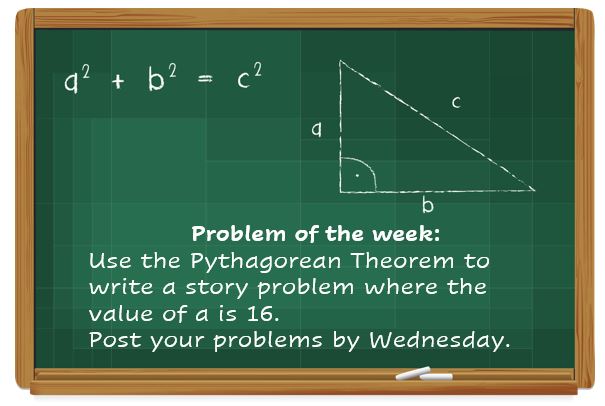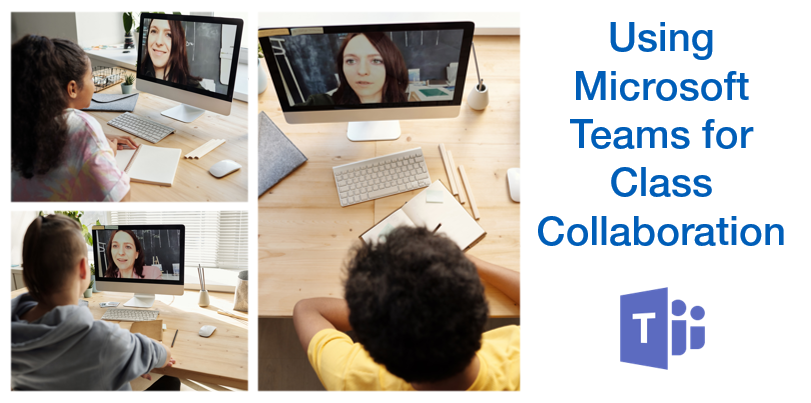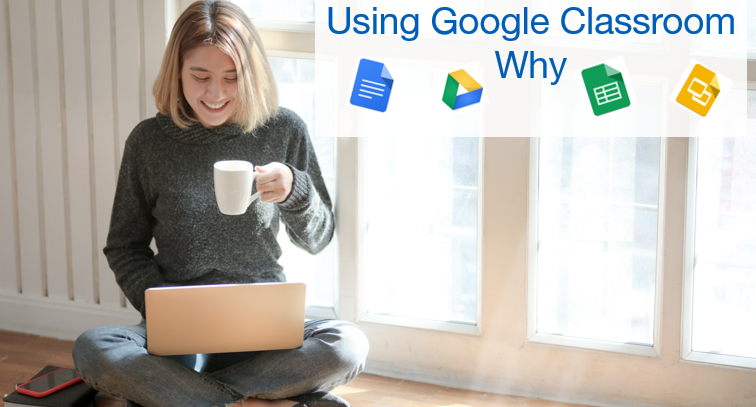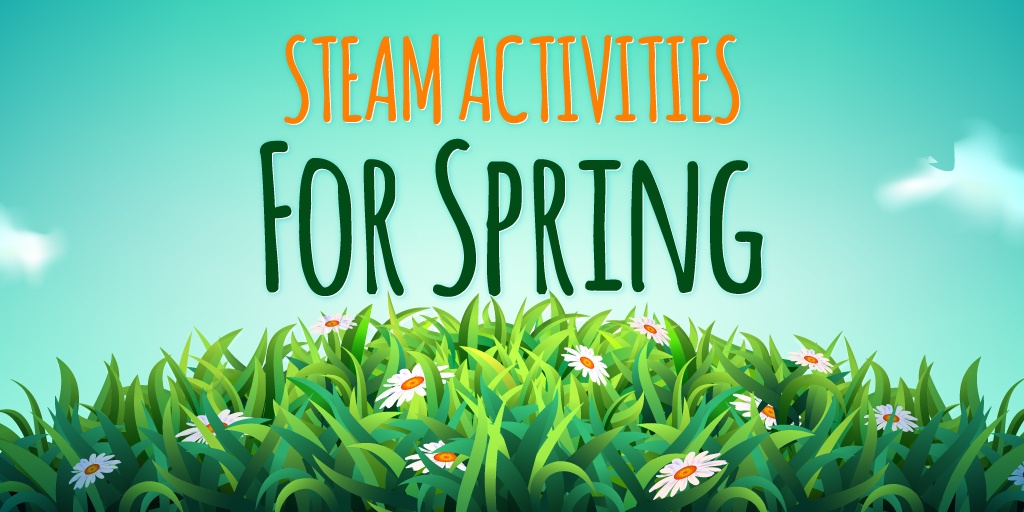Assessment isn’t a new idea or one limited to teaching. We assess daily – What is it that I like about this TV show and should I watch it again? What criteria will I look for in my next sofa purchase? What is my diet goal and how will I check my progress in meeting that goal? Learners of all ages are regularly assessing things like clothes, games, movies, even social media platforms according to a set of criteria.
Topics: classroom assessment, distance learning, distance teaching, blended learning, formative assessment, distance education
12 Ways to Use G Suite to Support Math Teaching and Learning
Math questions and story problems have the unique reputation of being the focus of many memes on how confusing they can be (Question: If you have 3 pencils and 6 oranges, how many waffles will fit in a car? Answer: Blue because ducks quack.). Now imagine a teacher repeating, reviewing, restating terms and solution steps so that students finally understand. A scheduled one-hour lesson can easily take half a day! Now imagine that scenario in a virtual environment. (I can already hear the crying…from teachers, students, and parents!) Thankfully, G Suite for Education has tools that can support math teaching and learning, while making the experience engaging, interactive, and successful.
Topics: Math, Google Classroom, tips for teachers, G Suite for Education, teacher resources, distance teaching, Google
As we have all learned recently, not only can teachers adapt well to change, but they can do it quickly! Having been accustomed to in-person interaction — roaming a classroom to check ongoing progress, meeting with small groups at the “round table” for personalized instruction, and generally just being able to be with their students -- shifting to a remote, distance teaching environment has been a challenge. Yet, millions of teachers have done so with an enthusiasm and grace that is astounding and admirable.
Topics: Education Technology, tips for teachers, teacher resources, Office 365 Education, Microsoft 365 Education, Microsoft Teams
From when I was little girl, I have always wanted to teach. Many of my teachers influenced my decision, most especially my high school English teacher, Ms. Weiss. She was generous with her time, taught in a calm but engaging manner, and above all, always made me feel like I mattered. I can imagine that if Ms. Weiss was still teaching today, during this time of social distancing and stay-at-home directives, she would be checking in with each of her students via email, text, or phone, setting up one-on-one virtual chats to provide help with assignments, and facilitating collaborative writing sessions with her classes. Teaching, and students, was her heart.
Video Instruction -- An Important Piece of Distance Teaching
How many of you have watched videos featuring a popular chef whipping up a dessert, or a lost puppy being rescued? I know I’m not alone in saying that watching these types of compelling, engaging, and short videos has led to experimenting in the kitchen, sewing a simple face mask, learning a new dance move, and playing with the idea of adopting a new pet. Videos have made an impact on how we learn things for daily living and are essential for our young ones who tend to be more engaged and focused on short lessons via this medium. Why have more and more educators turned to video?
Topics: distance learning, distance teaching, video, blended learning
4 Ways to Bridge the Gap to Academic Success via Creating Digital Experiences
Digital learning offers students the tools to become lifelong learners. As per the national centre for education statistics, 80% of 8th-graders reported using a computer for schoolwork in the recent past.
Topics: Classroom Collaboration, collaborative learning, Educational Apps, Games, Project-Based Learning
I really enjoy my work. Part of what I do puts me in situations where I learn new things and more about topics I thought I already understood. It is the second part of that sentence that tends to humble me fairly often.
When I talk to kids about space, I often tell them we know about this much about space, as I hold my fingers close together, and that there is this much to know, as I spread my arms out as far as I can.
As I walked out of a recent meeting, I began to think about how it is easy to become impressed with what we think we know when the simple fact is that there is so very much more to understand. We are separated from our students’ level of understanding by a very thin margin.
You may have seen media stories of the air being clearer since stay-at-home directives have been implemented in different areas of the world (Los Angeles, India). NASA satellite data actually shows a 30-percent decrease in air pollution over the northeast United States (click on the link to view slider image: Drop in Air Pollution). What does this all mean for our climate? How are your children and/or students reacting to the changes? Do they realize there are changes at all? This may be an opportune time to include climate change into your instructional plan, especially with the focus of Earth Day 2020 being climate action. So how can you do it? Here are 7 ideas to try:
Topics: Education Technology, Activities, Science Lessons, STEM Lessons, collaborative learning, Labdisc, STEM, STEAM, climate change
Now that most of you are finding your rhythm with distance learning, here are some reasons to start using Google Classroom*, if you’re not already.
Topics: Google Classroom, tips for teachers, edtech, technology, distance learning, G Suite for Education
We’re a couple of weeks into spring and most of us are hunkered down at home, trying to create fun learning experiences for our children and/or students. With limited access to science kits, labs, and high tech tools, what can be used at home to boost STEAM (science, technology, engineering, art, and math) learning? Here’s a list of our favorite 10:
Topics: STEM Lessons, recursos para directores de escuelas, STEM, STEAM, Parent resources, homeschooling, homeschool, distance learning, learning resources











